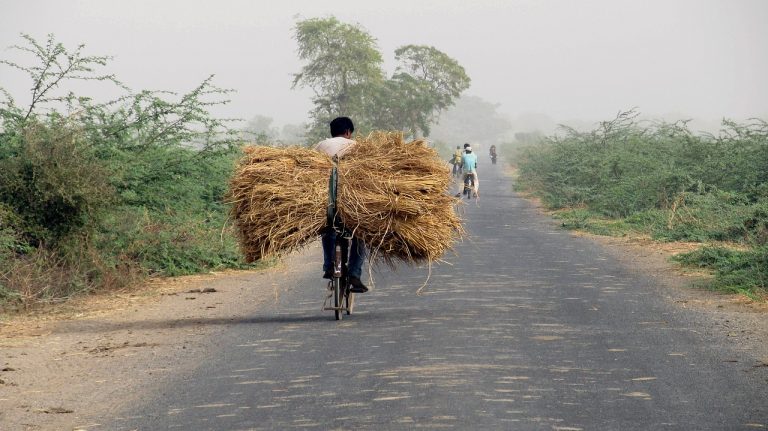
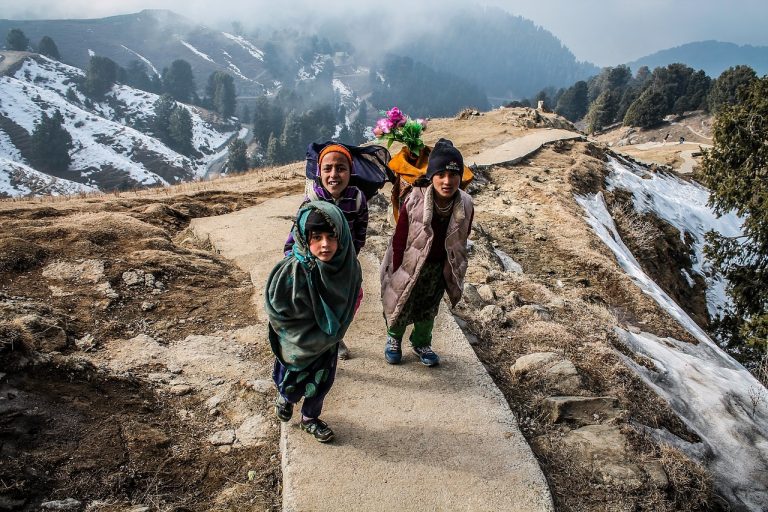


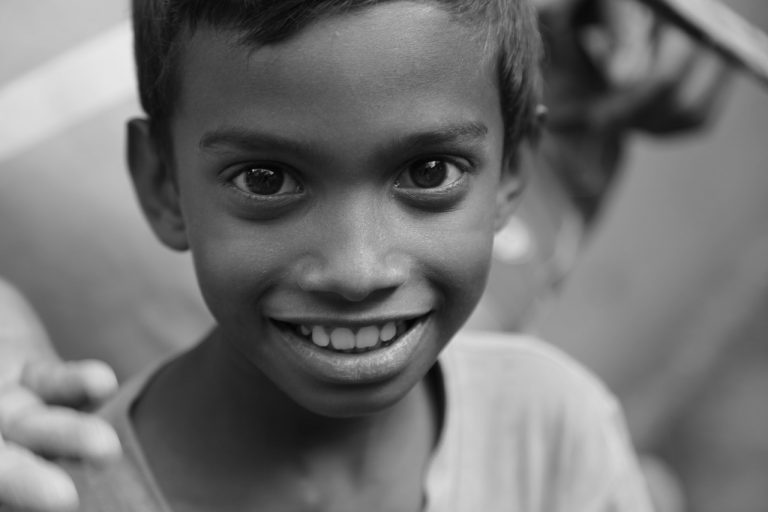
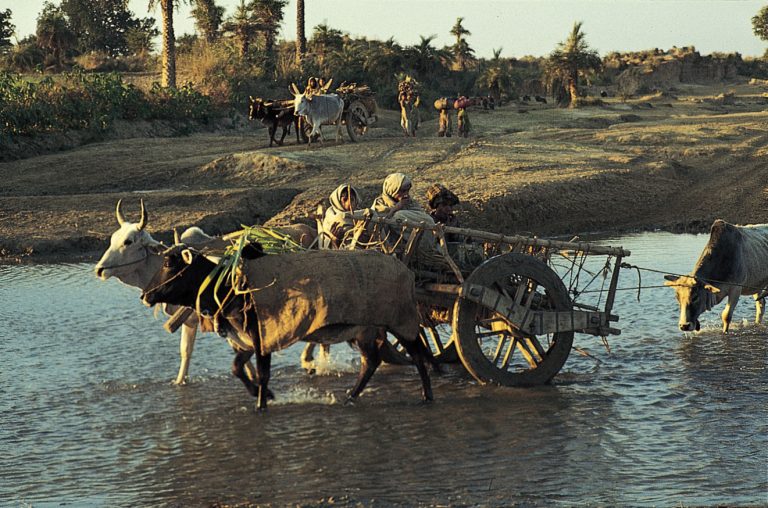
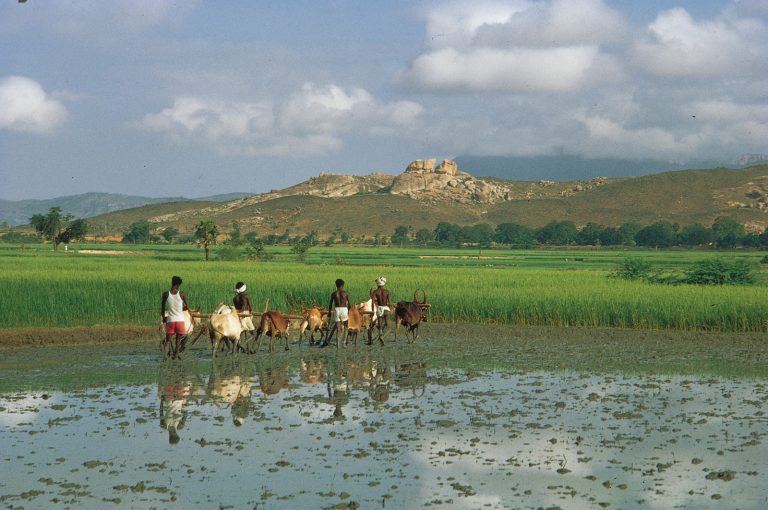

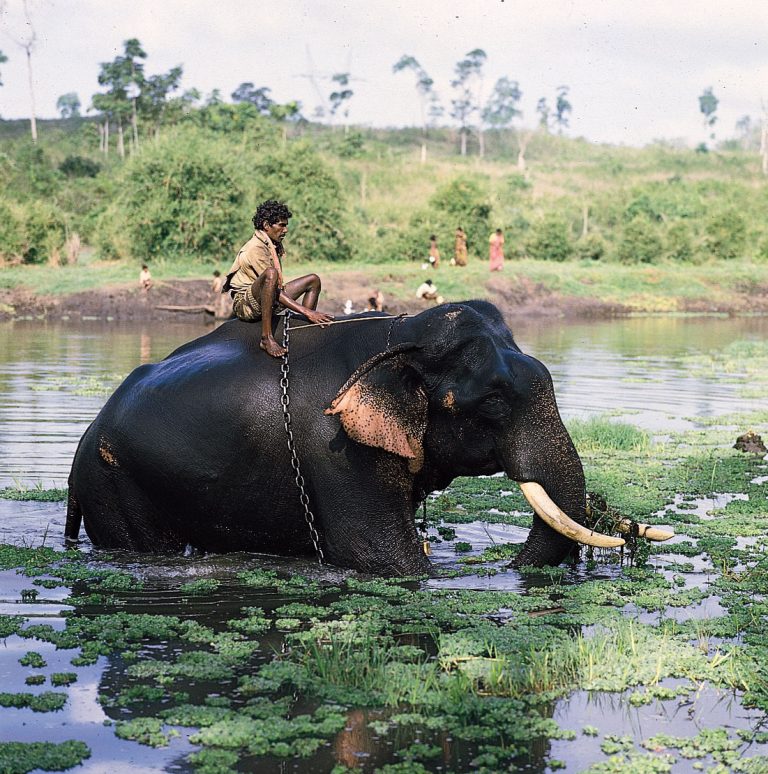
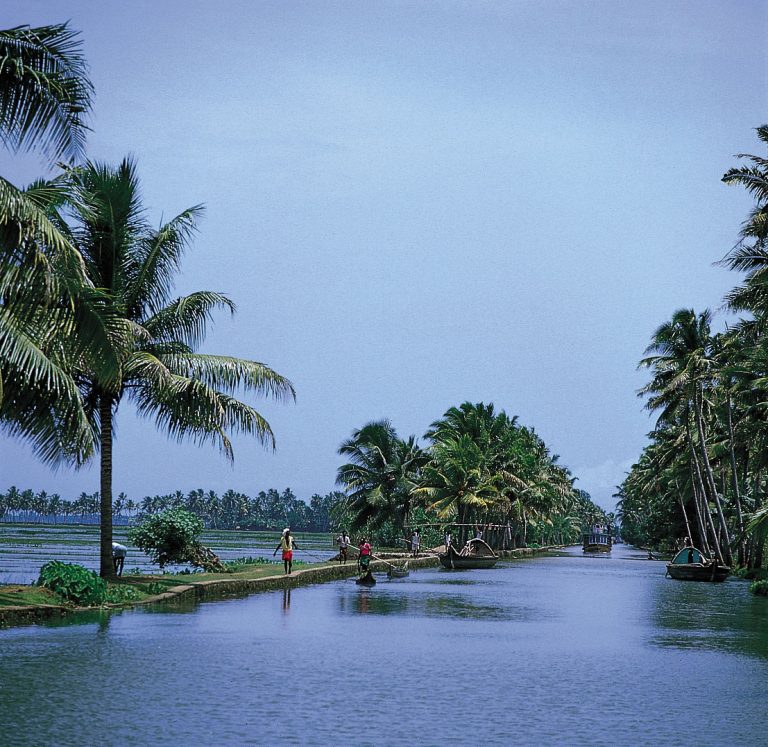
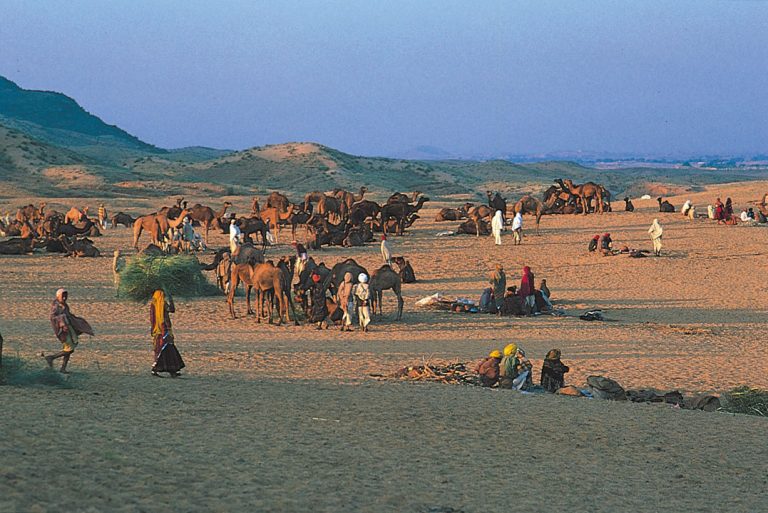
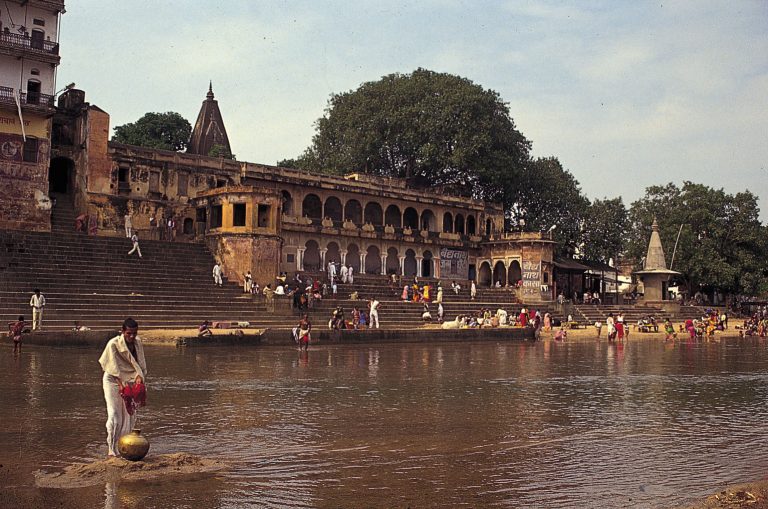
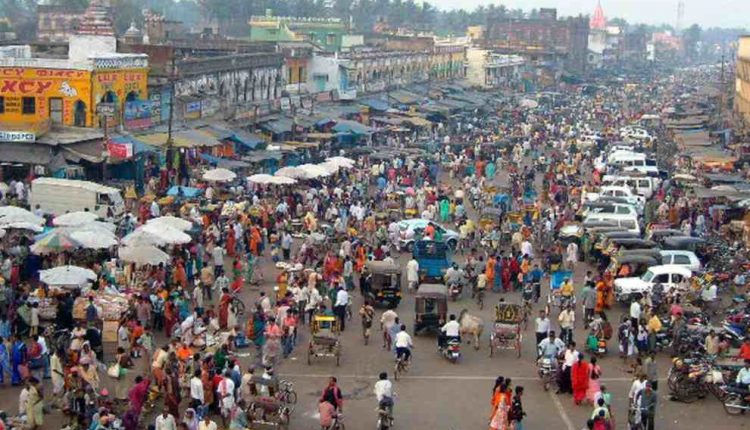
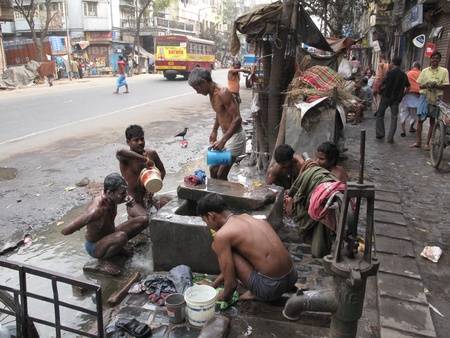
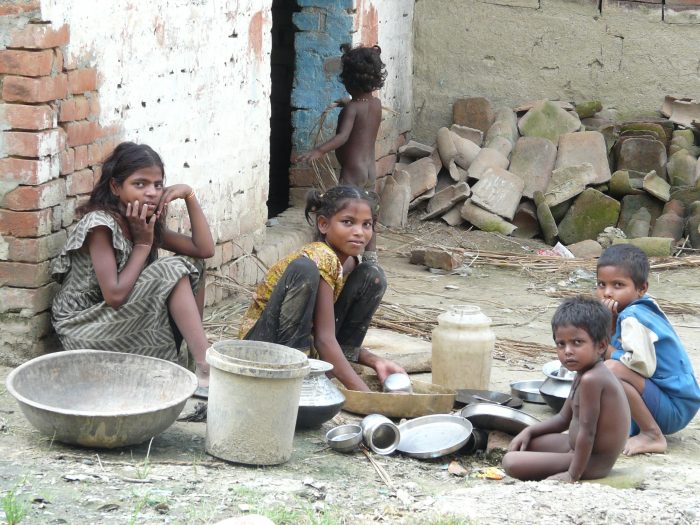

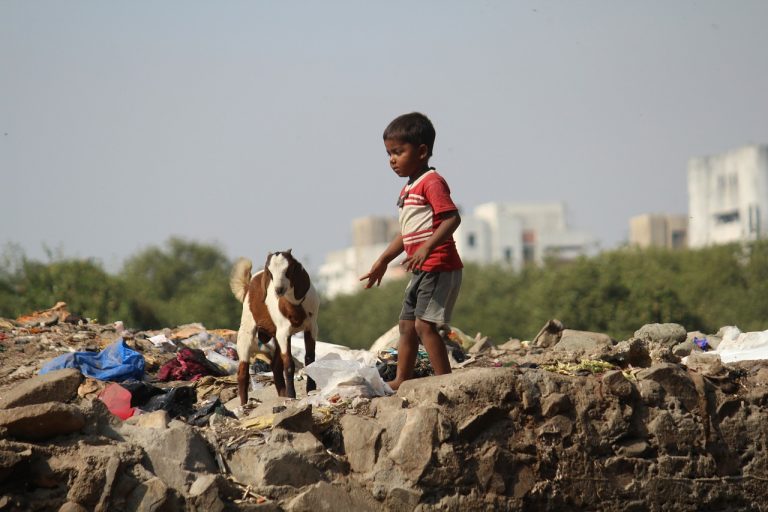
Is India Home To World’s Biggest Slums? | Trashopolis | Earth Stories
17 nov. 2021
1 Morning Daily Routine Village Life In India 2020 || Rural Life Of India || Gujarat Village Life
13 nov. 2020
8 jan. 2021
3 Village Life In India Daily Routine Work 2021 || Typical Rural indian village life || Rural life
5 mrt. 2021
4 Dharavi: A Slum In The Centre Of India’s Financial Capital | The Indian Miracle? | TRACKS
16 mrt. 2021
TRACKS publishes unique, unexpected and untold stories from across the world every week.
5 Portillo’s Empire Journey || British East India Company – Kolkata || EPISODE – 1
30 jan. 2021
16 jul. 2014
7 Rhythm of Life in the Slums of Mumbai
29 nov. 2016
8 Walking in Paharganj New Delhi – India [4K]
21 mrt. 2020
Walking in Paharganj New Delhi India (Part 1) Paharganj (literally ‘hilly neighbourhood’) is a neighbourhood of Central Delhi, located just west of the New Delhi Railway Station.
Welcome to Virtual Walker! Wherever you are, Follow Me! 4K Worldwide Walking Tours.
Reproduction, reupload, rebroadcast, and distribution of my copyrighted videos are prohibited. Copyright © Virtual Walker All Rights Reserved
9 India – Twee gezichten van Delhi
21 dec. 2020
10 The Yamuna, India’s most polluted river
7 jul. 2017
16 dec. 2015
12 Amazing Interview In India with a boy from the streets ~ Beyond Slumdog Millioniare / update below
31 mrt. 2010
Amazing Interview In India with a boy from the streets ~ Beyond Slumdog Millioniare / update below
UPDATES HERE , CLICK SEE MORE
JUNE 9, 2016 This is a January 2016 update to the Story of Suraj
http://mydreamsofindia.blogspot.com/2…
UPDATE MARCH, 2015. After a year in a paid work apprentice program, Suraj was pressured by family into returning to the slums. Get the full update at. http://mydreamsofindia.blogspot.in/20… His story still sadly represents millions of India’s children.
This link will put you in direct contact with the slum. This is not an endorsement and please research to your own satisfaction. Thank you to all who helped this past year.
http://www.tong-len.org/index.php
(If you would like a more detailed update, email me direct at notesonindia@gmail.com)
PETITION: http://www.change.org/p/prime-ministe…
Sept 2, 2014: Here is were you can now donate and help Suraj:
http://www.gofundme.com/tibetanphotop…
UPDATE INFORMATION: Click “show more” and use this link
http://mydreamsofindia.blogspot.in/20…
Click “SHOW MORE”
We have been on this since we met Suraj http://mydreamsofindia.blogspot.in/20…
400,000 have seen the interview by Sazzy of this boy from the streets. People offered prayers wishes, hopes and a lot of praise, but, no one stepped up to help, until now.
http://mydreamsofindia.blogspot.in/20…
3 years later… see the video update: http://www.youtube.com/watch?v=Lgh9g4…
© Joe Mickey Film Maker and Sazzy Varga Interviewer
FOR THOSE ASKING ABOUT GIVING, Link here http://www.tibetanphotoproject.com/Su…
UPDATE: Its almost 4 years since this video was posted… Sadly, when filming this video, Saraj knew the reality of his future and this world and human nature. I ran into to him yesterday doing exactly what he said would be his future. The worst is 1/4 million views here …. all the useless good wishes, empty promises, and prayers… no one… actually acted and that is the saddest statement on us…. We failed.
Please read this whole notice on this video – To those asking about sponsoring Raj: We filmed this on our visit in Jan. 2010.
We are currently working with out contacts to locate him and also determine a proper NGO working in the region to handle your support. Again… latest information as of April 4, 2014
http://mydreamsofindia.blogspot.in/20…
We are happy to go back on your behalf if you want to sponsor the trip. Serious inquiries for any part of this effort can be emailed to us directly with INDIA in your subject line. thetibetanphotoproject@yahoo.com
In India, between 17 million and 60 million children survive alone on India’s urban streets.
While we were having a chai on the roof at a Tibetan restaurant in Mcleod Ganj, 11-year old Saraj walked up to us with an outstretched hand and introduced himself.
We listened to his story for a while and asked if we could interview him so others could hear it.
This amazing young man of the streets speaks 4 languages and is brilliant well beyond his years.
You will hear in this video both hope and you will hear that there is no hope.
Joe and Sazzy
The Tibetan Photo Project
For this and all our movies… http://www.tibetanphotoproject.com/do…
All our films make great gifts on DVD or download to own or rent online at Amazon.
13 Homeless Railway Children of Gaya Bihar India
4 mei 2011
14 Envoyé Spécial – En Inde, l’impossible confinement
10 apr. 2020
15 Deadliest Roads | India | Free Documentary
2 feb. 2020
16 Small-Business Entrepreneurs Lighting Up India’s Slums
1 jun. 2015
Let there be Light: The Australian entrepreneurs who have set their sights on getting power into India’s slums
How Delhi is moving towards becoming a global capital for trade: https://www.youtube.com/watch?v=DQzs4…
Bollywood: The world’s biggest movie industry! https://www.youtube.com/watch?v=qT8ht…
How India’s Silicon Valley Became Its Suicide Capital: https://www.youtube.com/watch?v=OdkGZ…
Subscribe to Journeyman for daily uploads: http://www.youtube.com/subscription_c…
For downloads and more information visit:
http://www.journeyman.tv/?lid=68671
India’s economy is growing faster than China’s, yet a third of its population still live without electricity. But now a small company Pollinate Energy are selling solar-powered lights to India’s slum-dwellers.
In the absence of power, every night the air in the sprawling shanty-towns of India’s cities fill with the dense smoke of kerosene used for lighting and cooking. For the slum-dwellers, the smoke is a killer – equivalent to consuming up to two packs of cigarettes a day. “We basically decided that if we wanted to solve this huge problem it had to be a business solution. You just can’t give away 400 million lights”, says Kat Kimmorley, co-founder of Pollinate Energy. Pollinate’s simple and safe solution comes in the form of a portable solar-powered light, in which the poorest can invest in a brighter future. Their demand is now giving work to Indians like Latha, a young mother who sells the lamps to slum dwellers: “My status has increased. My life has changed”, she says.
ABC Australia – Ref 6460
Journeyman Pictures is your independent source for the world’s most powerful films, exploring the burning issues of today. We represent stories from the world’s top producers, with brand new content coming in all the time. On our channel you’ll find outstanding and controversial journalism covering any global subject you can imagine wanting to know about.
18 India’s shameful child labour mining for beauty industry sparkle
19 India | The Republic Of Hunger | 101 East
Back to menu IMPORTANT CONTENT
11 mei 2012
More than 40 per cent of India’s 61 million children are malnourished, prompting the prime minister to declare the problem a “national shame”.
A recent report reveals that levels are twice that of sub-Saharan Africa, making every third malnourished child in the world an Indian.
India has one of the fastest-growing economies in the world and runs one of the largest child feeding programmes.
But critics say only a fraction of aid reaches the needy.
101 East travels to India and asks what the country is doing to feed its millions.
20 My Daily Life in the SLUMS OF MUMBAI (Life-Changing 5 Days)
23 apr. 2018
UPDATE: a few years after living in Dharavi I made a short video about its history. Check it out here: https://www.youtube.com/watch?v=nkvy4…
Two and a half years ago, during my first visit in India, I spent 2 days walking all around the slums of Mumbai. Even though I got to learn quite a bit about the life in the slums, I didn’t have the chance to live inside the slums and because of that I left with more questions than answers.
So now that I came back to India for the second time, I decided to go back to Mumbai and spend five days living in Dharavi, which is one of the largest slums in the world.
This experience opened my eyes in ways I couldn’t have imagined, because I got to spend so much time with the local people, who completely transformed my outlook on what their lives were like.
You see, as most outsiders, I had a very distorted view of the people of the slums. We grow up hearing stories about them dying on the streets, no one being able to read and write, kids having to sleep surrounded by flesh-eating rats and so on.
There are, of course, tons of problems that need to be addressed, especially when it comes to sanitation. For example, sources say that in Dharavi there is an average of 1 toilet for a thousand people. Also, livestock generally lives in the same quarters with people and that, combined with the fact that the local water sources lack cleaning facilities, sometimes causes the spread of contagious diseases.
However, people there are just like everywhere else. They have their own dreams, goals, careers, thoughts and emotions. They are in no way different from the rest of us.
It doesn’t matter where we come from. We are all equal. Some of us are born with golden spoons in our mouths, others are not. But that doesn’t define us. What defines us is our pursuit of happiness, our compassion for others and our ability to adapt to whatever circumstances we’re in and make the best of them.
21 Dispatches: The Street Kids Of Mumbai (Poverty Documentary) | Real Stories
7 mei 2016
Real Stories
This film reveals the brutal reality of life on the streets and in the slums of Mumbai, following the daily struggles of four young children to survive.
Want to watch more full-length Documentaries?
Click here: http://bit.ly/1GOzpIu
Follow us on Twitter for more – https://twitter.com/realstoriesdocs
Instagram – @realstoriesdocs
Street Kids Of Mumbai was produced by True Vision Productions. If you wish to find out more the people featured in this documentary then go to http://truevisiontv.com/foundation
Content licensed by Digital Rights Group (DRG). Any queries, please contact us at: owned-enquiries@littledotstudios.com
22 India Rich vs. Poor
26 jul. 2011
IMPORTANT CONTENT
23 Mumbai Street Kids
10 apr. 2013
24 Trashopolis S02 E05: Mumbai
16 mrt. 2018
22 Incredible Delhi, India
12 jan. 2013
23 India’s Missing Girls: BBC Documentary
10 aug. 2016
The interns of Aarti for Girls are happy to announce Giving for Girls Month! The Fundraising Team has a goal to raise $40,000 to fund 200 annual tuition scholarships for the girls who live and go to school at Aarti. Tuition includes school textbooks, uniforms, and meals.
For example:
$17 provides one month’s tuition for one student
$34 provides one month’s housing and schooling for an Aarti Home girl
$200 provides annual tuition for one student
$600 provides annual tuition for three students
$1,000 provides annual tuition for five students
For contributions in the US and Europe: https://www.gofundme.com/aarti-giving…
For contributors in India: donate on Milaap http://m-lp.co/aarti4g
For all contributions: https://fundraisers.giveindia.org/non…
Your support of any quantity, makes a world of a difference for the empowerment of these children, girls, and women.
Find more information on our website: https://www.aartiforgirls.org
IMPORTANT CONTENT
At minute 24’30”
24 The Caste System in India
1 dec. 2018
25 Dalit Muslims of India | Al Jazeera World
2 sep. 2015
Al Jazeera English
For centuries India’s social structure was built around a rigid Hindu caste system. While the caste system was constitutionally abolished in 1950, its legacy still deeply affects contemporary Indian society.
The Hindu population, around 84 percent of the 1.2 billion people that live in the country, is still influenced by the four main traditional castes, which also have their own sub-sects: Brahmins, the priestly and academic class; Kshatriya, the warrior caste; Vaishya, which comprises the business community; and Shudra, the working class.
Outside these four groups are others, including the Dalits, who are at the bottom of the hierarchy.
Dalits have traditionally done jobs considered ritually impure, like garbage collection, street sweeping, the cremation of dead bodies and the disposal of human waste.
With Dalits continuing to face prejudice and discrimination within their own communities, some try to find social acceptance by converting to Buddhism, Christianity, Sikhism or Islam.
“It bothers me whenever I introduce myself. People ask about my surname,” says Rakesh, who’s a dhobi, the washerman caste.
Rakesh has converted to Islam and changed his name to Ali Kanojia.
“I tell them my name is Rakesh. They ask, ‘Rakesh what?’ They normally ask you this at a Hindu’s house,” he says.
But conversion is not simply a way out – prejudices still carry over into other religions. Many converts face resistance and even violence from their families or the communities they were born into and the new chosen faith can pose a different set of challenges – like those faced by Ali Kanojia from his own family.
“It’s not easy to convert to Islam,” he says. “They [the family] say it’s not right. I ask, Why? They say it’s because Muslims have a bad reputation.”
Abdulrahman Bharti’s conversion to Islam almost cost him his life.
“I got shot by Hindu people from the Sawar clan … . When a person converts, the new religion welcomes them, but people from the old religion try to stop them. If they can’t, they’ll try to kill them. This happened to me,” says Bharti who was shot in the chest and leg.
After independence in 1947, the Indian government introduced positive discrimination in favour of low caste groups, but not everyone enjoys the same benefits.
It’s a highly complex benefit structure with certain jobs, education opportunities and political representation reserved for different social and religious groups.
The Reservation Act covers a wide range of eventualities, but for Dalits the disadvantages of conversion may arguably outweigh the advantages, especially when it comes to jobs.
“The protection includes Sikhs and Jains, and Buddhists, but it doesn’t include Christians and Muslims, so what happens is that they get excluded from those – the quotas for SCs [Scheduled Castes],” says Meenakshi Ganguly, South Asia director for Human Rights Watch.
Kanojia, for instance, has not been able to get a government job.
“If you don’t have a lower caste certificate you won’t get a reserved job. I don’t have the lower caste certificate. My parents were illiterate and had little understanding of things… I can’t get a job anywhere,” says Kanojia.
Set primarily in Mumbai and in the Madhya Pradesh countryside, this film provides an insight into conversion to other religions – the social reformer and principal architect of the Indian constitution, BR Ambedkar, was born a Dalit and converted to Buddhism and many followed in his footsteps – and the processes for finalising conversions.
We hear the personal stories of different Dalit Muslims and the campaign of one man, descended from Muslim converts, to end garbage picking and discrimination against Dalits in Madhya Pradesh.
This is part of a broader struggle where castes, clans and religions determine the course of millions of lives.
27 The hellish coal fields of Jharia | DW Documentary
13 nov. 2017
IMPORTANT CONTENT
28 
23 mrt. 2012
IMPORTANT CONTENT
29 India: The Burning City – People & Power
14 jul. 2016
30 India. Real life in New Delhi: caste system, politics, slums and business
Andrey Burenok
Aloha, guys!
It is time to meet the locals of Delhi. In this issue we will have as many as 5 heroes from different castes! We will talk about real life in India, how life is different in Delhi and the regions, about castes and the life of different generations.
First, we will take a stroll through the Khanpur Village in the southern part of Delhi along with our heroine Sawi, who works in a restaurant. Savi will tell us about how her daily life is arranged, show us her home, tell about religion, Indian wedding and family life. Savi will also comment on the popular myth that in Delhi water from the toilet is mixed with water, which then enters the water supply.
Then we will get acquainted with Liza, who recently married an Indian. She will introduce us to her family and we will learn how they live in India from several generations at once. So the mother and father of the family will talk about what India was like 20 years ago, what has changed in the country during this time and what traditions the local population honors, what education was like. Their family live in a huge house, which is served by three helpers – one prepares food, the others help her and are engaged in cleaning. In the video you will learn how much helpers earn and how much money is needed to maintain a house worth 400,000,000 rupees.
23-year-old Diksha, whom we met by chance on the street, will tell us about the life and dreams of the younger generation.
And in this issue, I will introduce you to Tanya’s husband from the main issue of «Expats» in Delhi – Rohan, who left India for 22 years to study and travel around the world. And then he returned and opened a franchise restaurant in Delhi.
5 AMAZING FACTS ABOUT DELHI





Are you ready to meet local people in Delhi? Let’s start it!
31 Breaking India’s Unjust Caste System (2014)
13 sep. 2016
32 Walking in Varanasi (India)
28 sep. 2014
33 Incredible India – Varanasi (Benares) 2013
26 feb. 2014
34 Incredible India – 3: Varanasi (Benares)
35 Varanasi, India: “Beyond”
11 dec. 2012
Almost every major religion breeds ascetics; wandering monks who have renounced all earthly possessions, dedicating their lives to the pursuit of spiritual liberation.Their reality is dictated only by the mind, not material objects. Even death is not a fearsome concept, but a passing from the world of illusion.
Created by: Cale Glendening, Joey L., Ryan McCarney
Directed by: Cale Glendening
Edit/Color: Chris Dowsett, Cale Glendening, Joey L., Megan Miller, John Carrington
Graphic/Titles: James Zanoni
Original Score: Stephen Keech,Tony Anderson
All Photographs: Joey L.
Guiding/Translation: Raju Verma, Tejinder Singh
Special Thanks: Jesica Bruzzi / BH Photo, Kessler Crane
—
caleglendening.com
joeyL.com
23 mrt. 2013
36 Les cités XXL : le bidonville de Bombay
9 feb. 2016
37 Inde : Voyage dans une autre réalité
26 jan. 2015
38 India. Real life in New Delhi: caste system, politics, slums and business
26 apr. 2019
Aloha, guys!
It is time to meet the locals of Delhi. In this issue we will have as many as 5 heroes from different castes! We will talk about real life in India, how life is different in Delhi and the regions, about castes and the life of different generations.
First, we will take a stroll through the Khanpur Village in the southern part of Delhi along with our heroine Sawi, who works in a restaurant. Savi will tell us about how her daily life is arranged, show us her home, tell about religion, Indian wedding and family life. Savi will also comment on the popular myth that in Delhi water from the toilet is mixed with water, which then enters the water supply.
Then we will get acquainted with Liza, who recently married an Indian. She will introduce us to her family and we will learn how they live in India from several generations at once. So the mother and father of the family will talk about what India was like 20 years ago, what has changed in the country during this time and what traditions the local population honors, what education was like. Their family live in a huge house, which is served by three helpers – one prepares food, the others help her and are engaged in cleaning. In the video you will learn how much helpers earn and how much money is needed to maintain a house worth 400,000,000 rupees.
23-year-old Diksha, whom we met by chance on the street, will tell us about the life and dreams of the younger generation.
And in this issue, I will introduce you to Tanya’s husband from the main issue of «Expats» in Delhi – Rohan, who left India for 22 years to study and travel around the world. And then he returned and opened a franchise restaurant in Delhi.
5 AMAZING FACTS ABOUT DELHI





Are you ready to meet local people in Delhi? Let’s start it!
39 Voices from Delhi’s slum
20 feb. 2013
SHOCKING LIVING CONDITiONS
40 CHILDREN OF THE DUMP – KISES INDIA
9 feb. 2016
15 sep. 2011
42 India’s COVID-19 Crisis: Slavery, Suicide And A Rising Extreme Poor | Insight | Full Episode
18 nov. 2020
50 minutes
IMPORTANT CONTENT
43 India’s Coal Rush: A Town on Fire
19 jan. 2016
Jharia lies at the heart of India’s largest coal belt, within the north-east state of Jharkhand. The area produces almost all of the country’s high-quality coking coal required in the production of steel as well as in thermo-electricity plants. Yet the vast open cast mines that stretch through these lands lie on top of underground fires that have been burning for over a century.
Recent mining expansions have provoked these flames causing over 70 open fires to erupt along the earth’s surface, spewing noxious gases and destroying the land. Those hardest hit are local villagers and workers in towns such as Jharia – forced to endure poisonous air, dangerous fires and unbearable heat.
Envrionmental activists have highlighted how the state-run coal mining BCCL firm has deliberately exacerbated the open fires, so as to justify the eviction of locals due to safety risks, and thereby clear the areas of coal-rich land suited for their expansion.
The nearby town of Dhanbad is particularly notorious for its ‘coal mafia’ – an informal name given to the corrupt mechanics behind India’s coal trade – one mired by greed and exploitation.
Earlier this year, Prime Minister Narendra Modi announced plans to double state-produced coal by 2020 in the hopes of meeting India’s rapidly rising energy demands. Yet, in the setting of global climate change and emission responsibilities, coal remains one of the dirtiest forms of energy production.
Set in the bleak and naturally striking scenery of Jharia, this story looks into the poverty-stricken, remote and forgotten lives of people at the mercy of corporations and governed by coal. This is the story of those buried beneath Indias billion dollar coal operations – the dirty end of a dirty business.
DOP & Edit: Souvid Datta
Additional Camera: Melanie Cura Daball & PixelDo.com
Additional
44 The Biggest Coal Mines In India
45 Kid Switcheroo
6 apr. 2011
Little girl switcheroo in toilet. Her mother broke her glasses and doesn’t notice. A presentation of the Just For Laughs Gags. The funny hidden camera pranks show for the whole family. Juste pour rire les gags, l’émission de caméra caché la plus comique de la télé!
